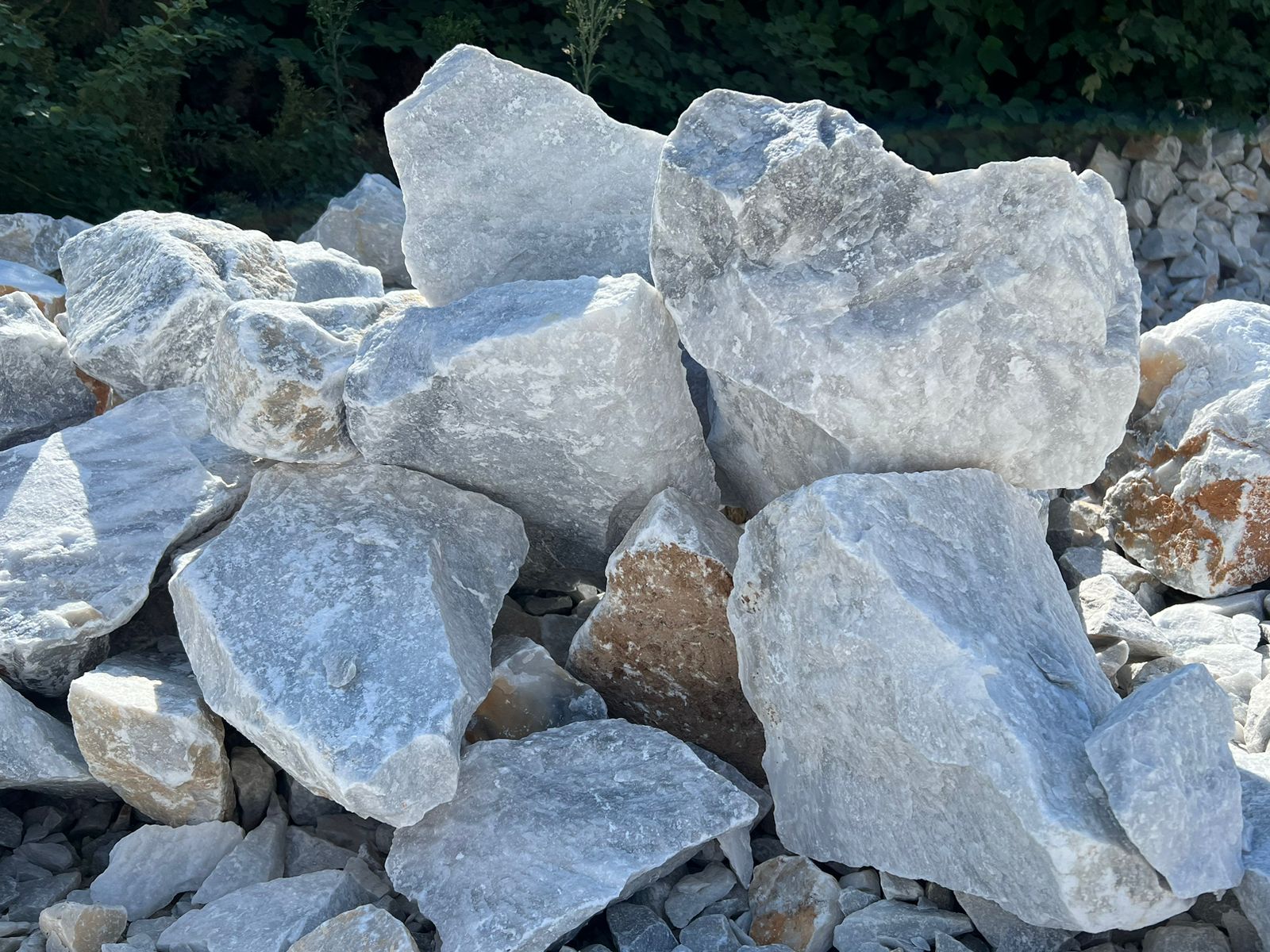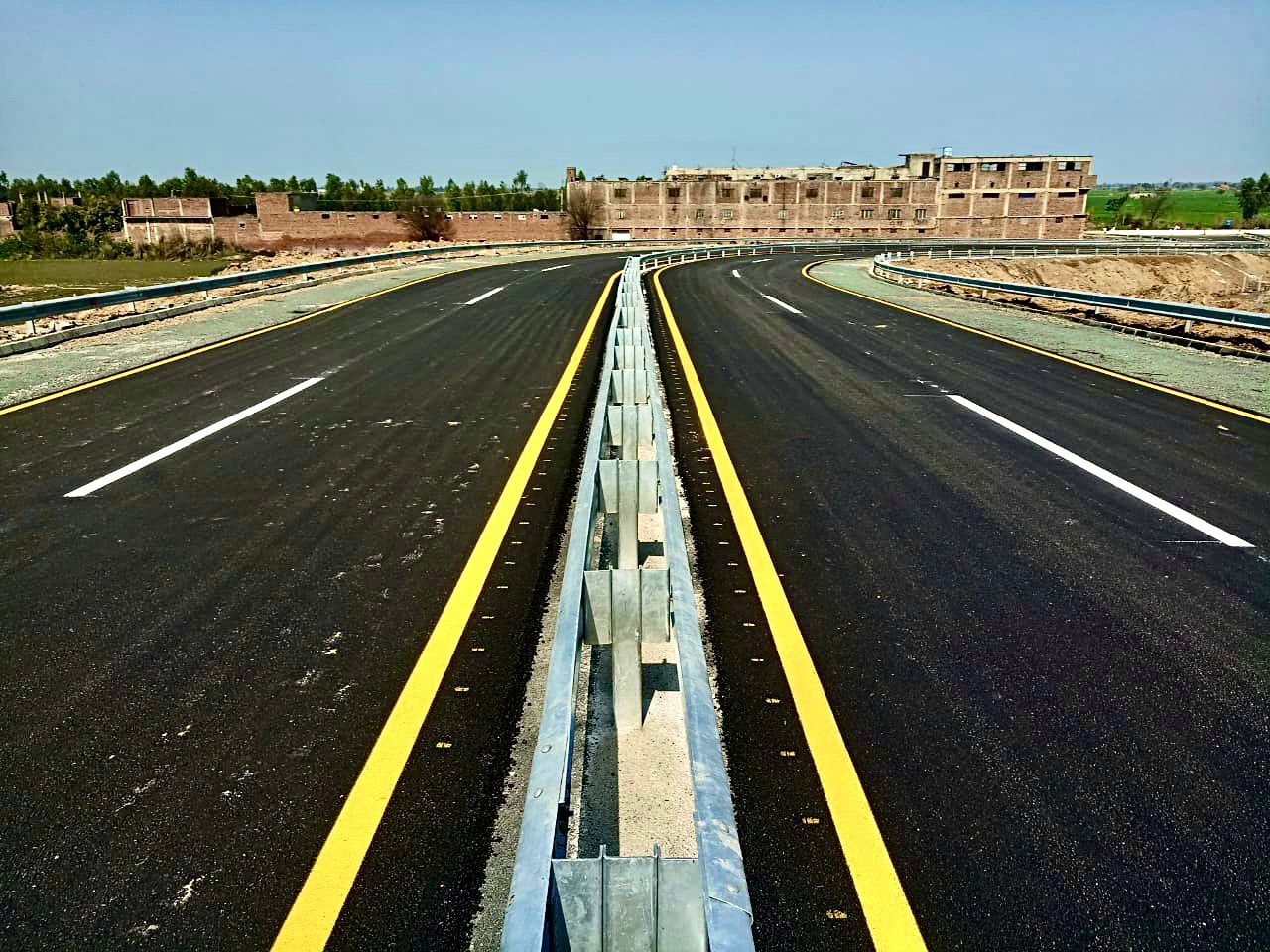In construction, road safety, and infrastructure development, natural materials play a crucial role in durability and sustainability. Among these materials, rocks and minerals form the very foundation of the Earth’s crust. Although often used interchangeably, the difference between rocks and minerals is significant, both scientifically and industrially. Understanding this difference helps industries like Total System Solution make informed choices about the materials they use for coating, construction, and road development.
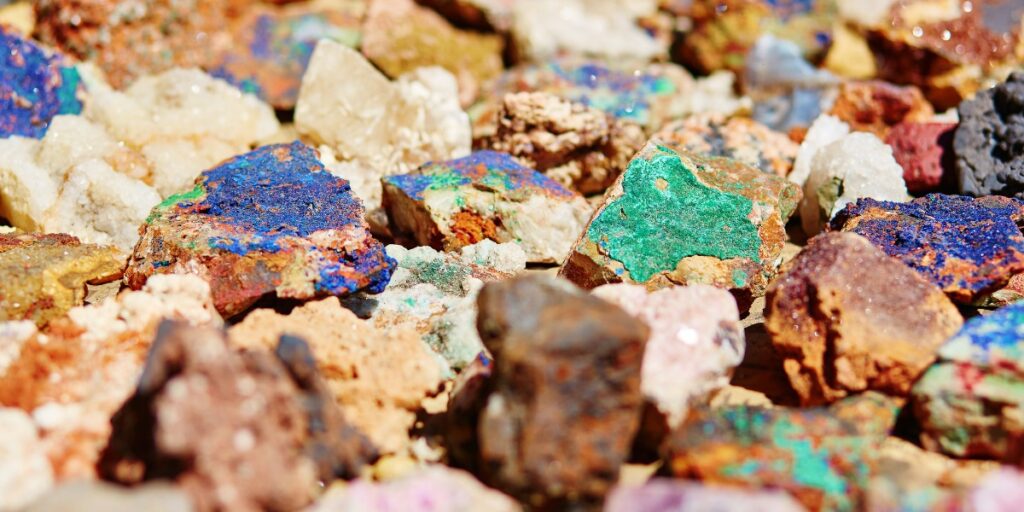
What Are Minerals?
Minerals are naturally occurring inorganic substances with a specific chemical composition and a crystalline structure. Every mineral is defined by its chemical formula and atomic arrangement, giving it distinct properties such as hardness, color, and luster.
To qualify as a mineral, a substance must:
- Occur naturally (not man-made)
- Be inorganic (not produced by living organisms)
- Have a definite chemical composition
- Possess a crystalline structure
Some common minerals include:
- Quartz (SiO₂): Known for its hardness and used in electronics, glass, and construction.
- Calcite (CaCO₃): Found in limestone and used for cement production.
- Feldspar: Essential in ceramics and paints.
- Mica: Known for its reflective qualities and used in coatings and electrical components.
Minerals are the building blocks of rocks, and their unique properties determine how a rock behaves under different environmental or industrial conditions.
What Are Rocks?
Rocks are naturally occurring solid aggregates composed of one or more minerals. Unlike minerals, rocks do not have a fixed composition. They are classified based on how they form within the Earth’s crust.
The three main types of rocks are:
- Igneous Rocks:
Formed from the cooling and solidification of magma or lava.- Examples: Granite, basalt, pumice.
- Industrial Use: Granite is a durable material used for construction and road foundations.
- Examples: Granite, basalt, pumice.
- Sedimentary Rocks:
Created from layers of sediment compressed over time.- Examples: Limestone, sandstone, shale.
- Industrial Use: Limestone is used in cement manufacturing and as an aggregate in road building.
- Examples: Limestone, sandstone, shale.
- Metamorphic Rocks:
Produced when existing rocks are transformed by heat and pressure deep within the Earth.- Examples: Marble (from limestone), slate (from shale).
- Industrial Use: Marble is widely used in architecture and finishing applications.
- Examples: Marble (from limestone), slate (from shale).
Each rock type has its own texture, density, and strength, making it suitable for specific applications in Total System Solution’s industrial and road safety projects.
Key Differences Between Rocks and Minerals
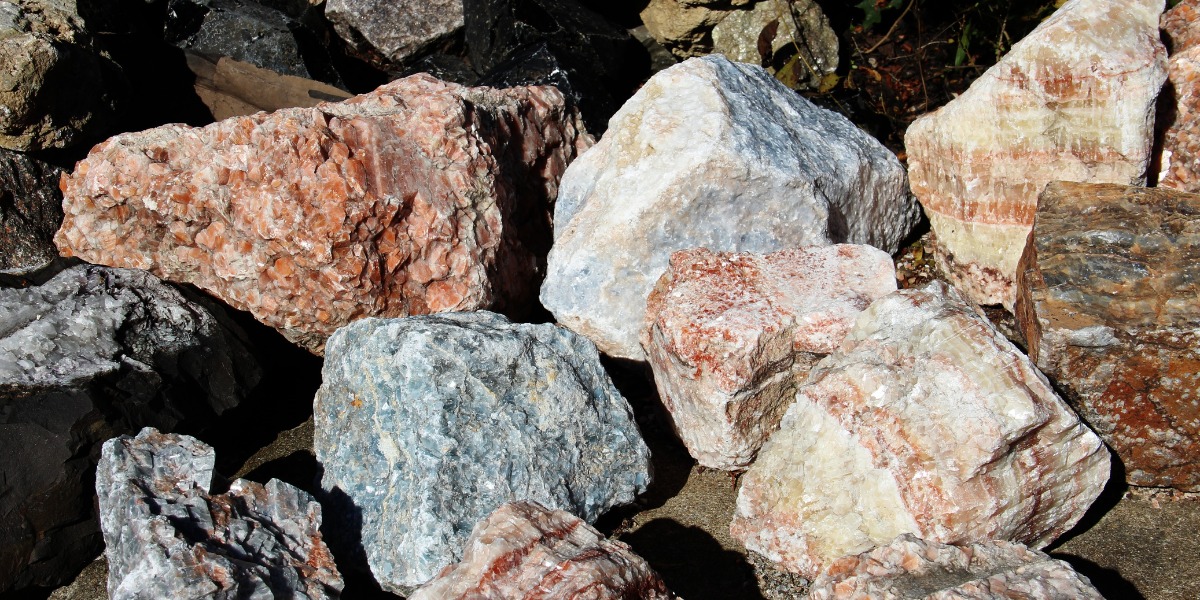
Feature | Minerals | Rocks |
Composition | Definite chemical formula | Variable, composed of multiple minerals |
Structure | Crystalline | May or may not be crystalline |
Formation | Naturally formed chemical compounds | Formed through geological processes |
Examples | Quartz, feldspar, calcite | Granite, limestone, basalt |
Industrial Use | Used in coatings, pigments, and electrical applications | Used in construction, roads, and infrastructure |
The key takeaway is that minerals are pure substances, while rocks are mixtures. For example, granite (a rock) contains quartz, feldspar, and mica minerals.
Geological Importance
The relationship between rocks and minerals is central to geology. Rocks tell the story of Earth’s evolution — how landscapes were formed, mountains rose, and oceans changed. Minerals, on the other hand, reveal the chemical history of those rocks.
For industries like Total System Solution, understanding these geological fundamentals ensures the use of quality raw materials in road coatings, anti-skid paints, and reflective surface solutions.
Industrial and Construction Applications
The difference between rocks and minerals isn’t just scientific, it’s practical. Both play an essential role in modern infrastructure and construction industries.
- Rocks in Construction
- Granite is widely used for road bases and building foundations due to its durability.
- Limestone serves as a critical component in cement production.
- Sandstone is used for decorative cladding and paving.
- Granite is widely used for road bases and building foundations due to its durability.
- Minerals in Manufacturing
- Quartz provides hardness in industrial surfaces and paints.
- Mica adds reflectivity and insulation to coating materials.
- Calcite enhances cement and road base strength.
- Quartz provides hardness in industrial surfaces and paints.
At Total System Solution, we work with materials derived from both rocks and minerals to produce high-performance coatings and road marking products that stand the test of time.
How Rocks and Minerals Support Road Safety Solutions
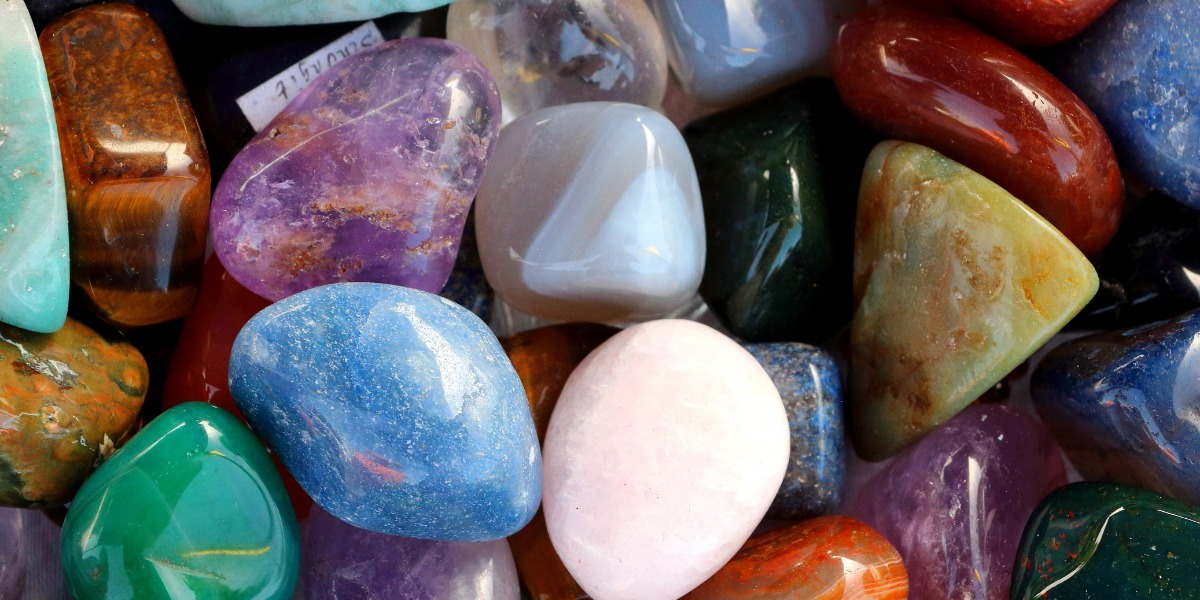
Every surface coating or road marking product ultimately relies on the strength and composition of its base materials. Minerals determine the texture, adhesion, and resistance properties, while rocks provide a strong foundation for infrastructure.
For example:
- Anti-skid coatings rely on mineral aggregates such as quartz and silica to create friction.
- Reflective road paints often include mica or glass bead minerals to enhance visibility.
- Pavement surfaces built from crushed rocks like basalt improve durability and traction.
This scientific integration of rocks and minerals is what gives Total System Solution its reputation for reliability and performance in highway and construction safety.
Environmental Perspective
Sustainable sourcing of rocks and minerals is becoming increasingly important. Excessive mining can lead to soil erosion, water pollution, and habitat loss. Responsible companies like Total System Solution focus on eco-friendly material selection, efficient usage, and recycling of aggregates wherever possible.
By adopting sustainable practices, the company contributes not only to road safety but also to the preservation of natural ecosystems.
Interesting Facts About Rocks and Minerals
- There are over 4,000 known minerals, but only a few are commonly used in industry.
- Basalt, a volcanic rock, forms most of the ocean floor.
- Quartz is one of the most abundant minerals on Earth.
- Marble (metamorphic) is softer than granite (igneous) but more visually appealing.
- The color of a rock often depends on the minerals it contains.
Why Understanding the Difference Matters
For scientists, the difference between rocks and minerals helps explain Earth’s history. For industries like Total System Solution, it helps ensure product efficiency, quality, and longevity. Knowing the mineral makeup of a rock determines how it will perform under pressure, heat, and environmental exposure.
By applying geological insights, engineers can select the right aggregates, minerals, and coatings for specific infrastructure needs, ensuring maximum performance and safety on roads.
Conclusion
Rocks and minerals are the Earth’s natural resources — the foundation of every construction project and industrial material. Minerals are pure, crystalline substances with a fixed composition, while rocks are solid combinations of these minerals, shaped by geological forces.
At Total System Solution, we recognize that understanding these differences is key to developing innovative, durable, and sustainable surface solutions. By integrating geological science with modern technology, we create products that not only enhance infrastructure but also contribute to a safer and more sustainable environment.






